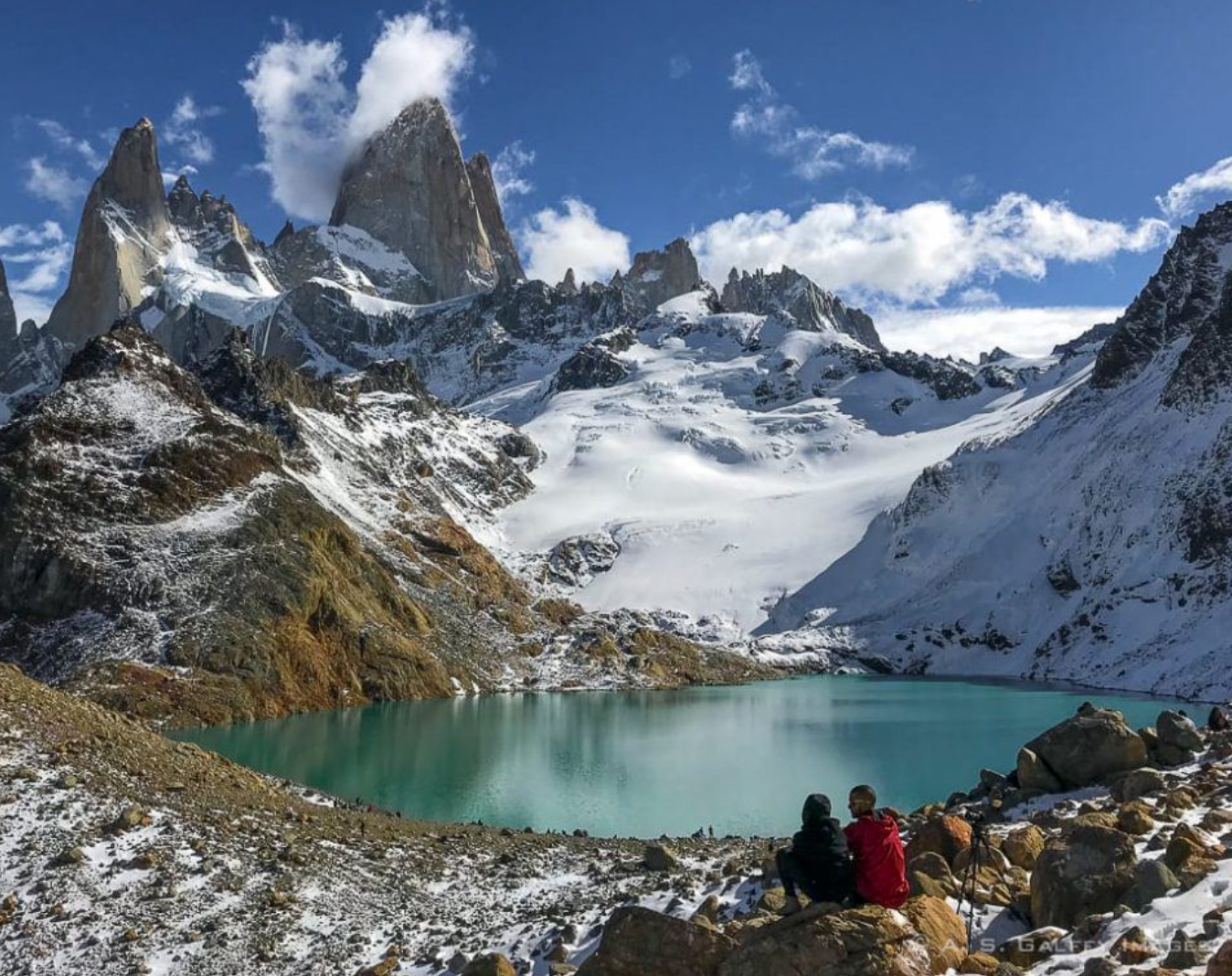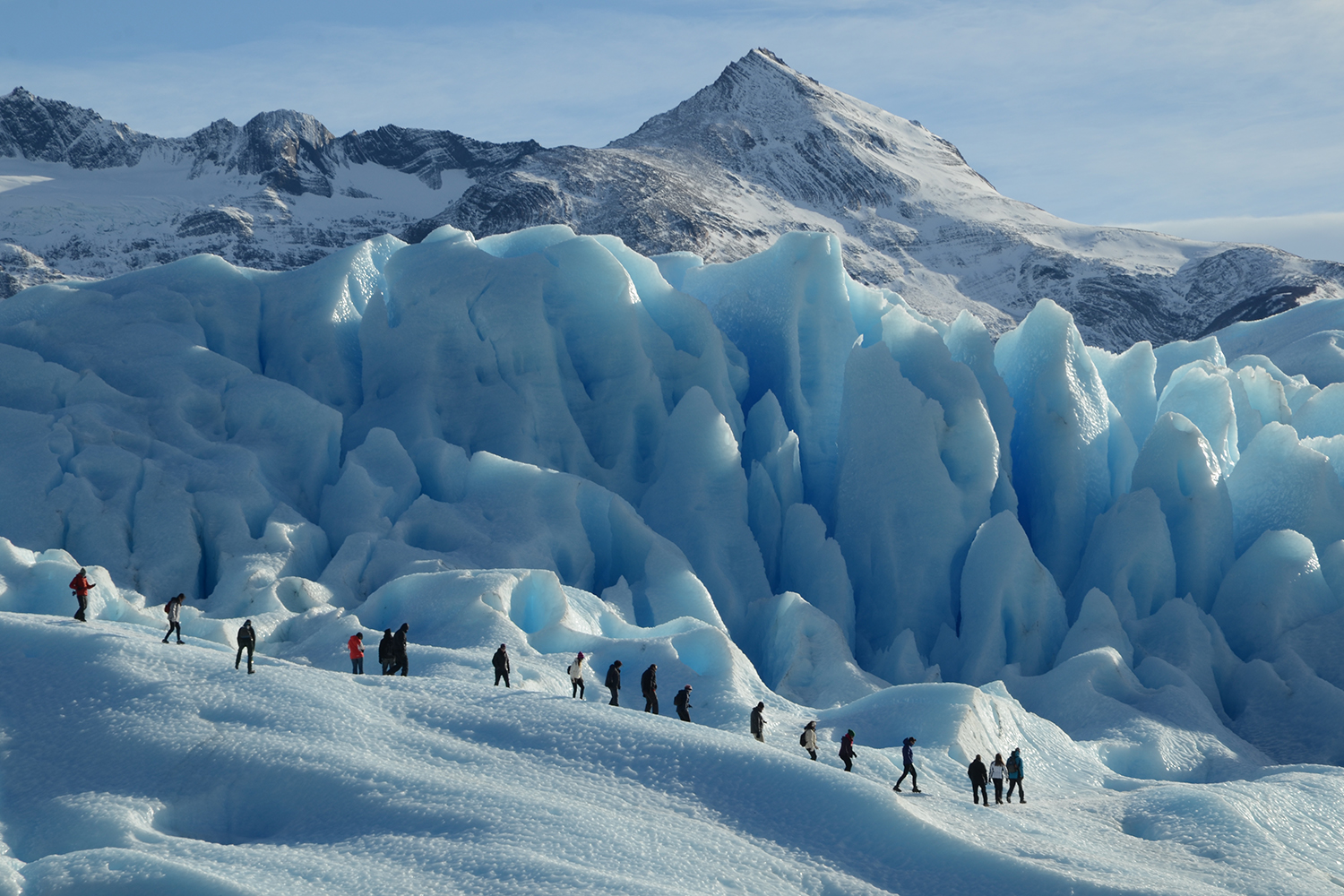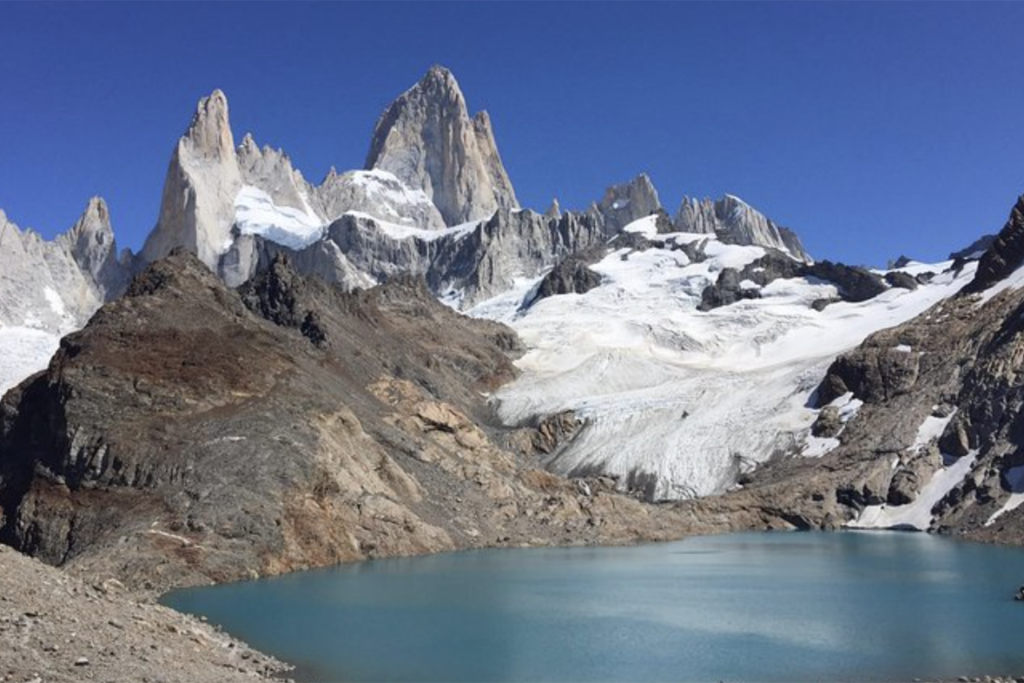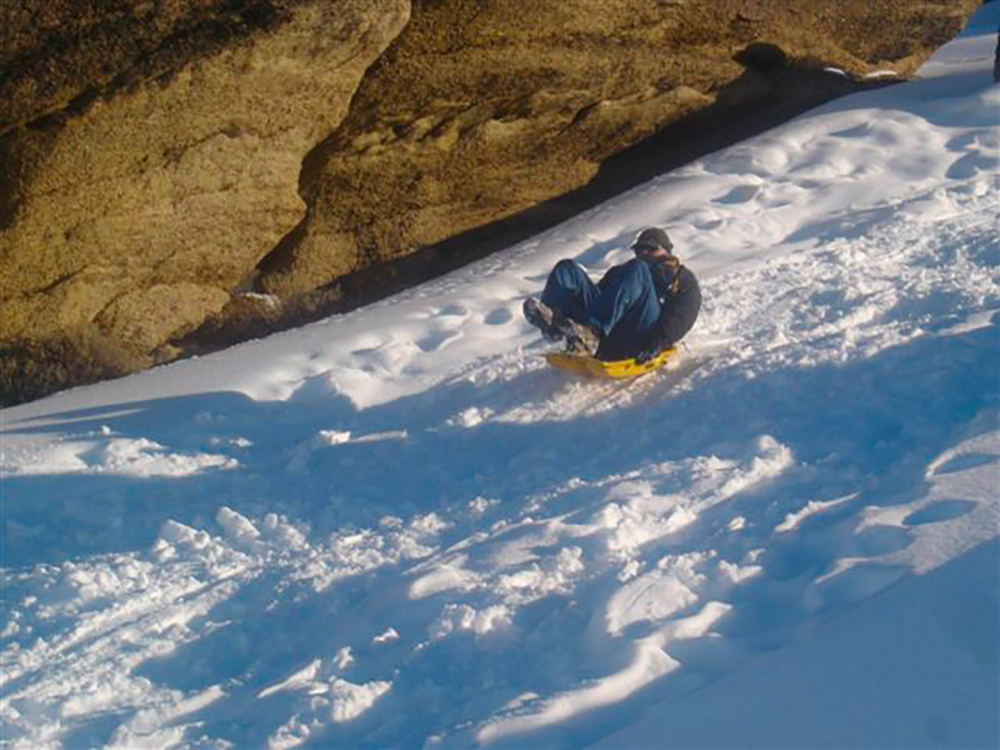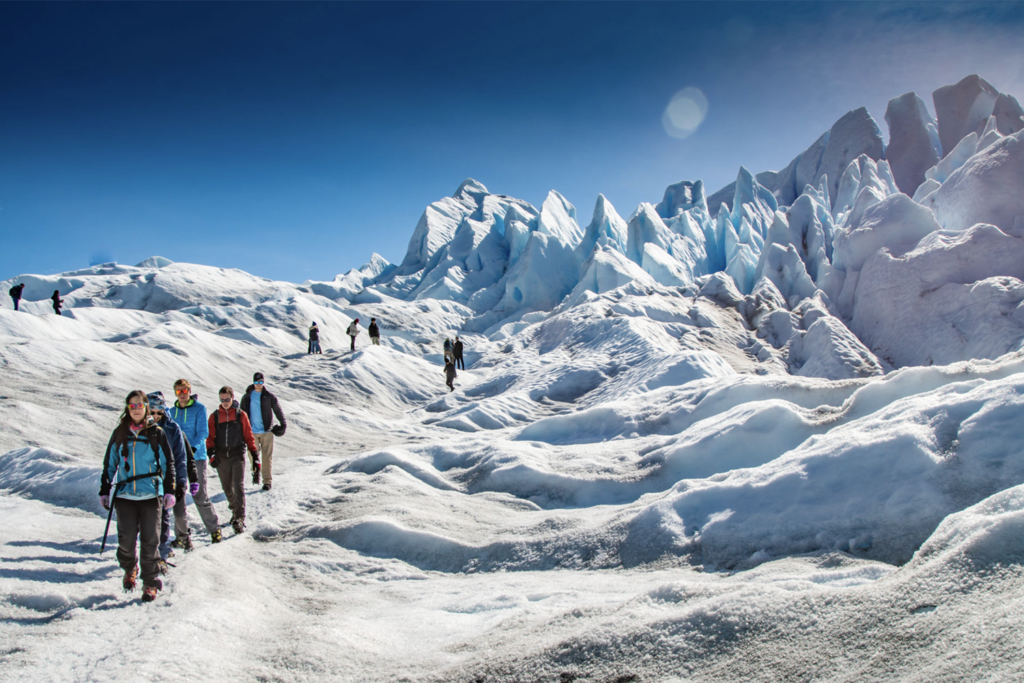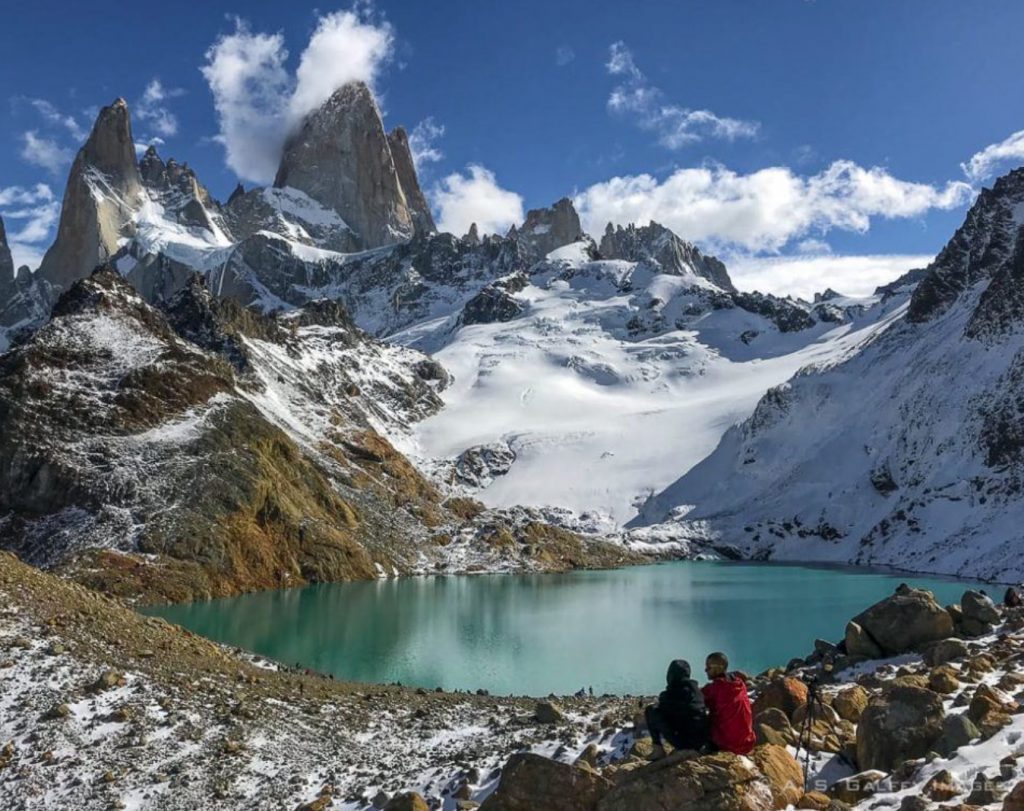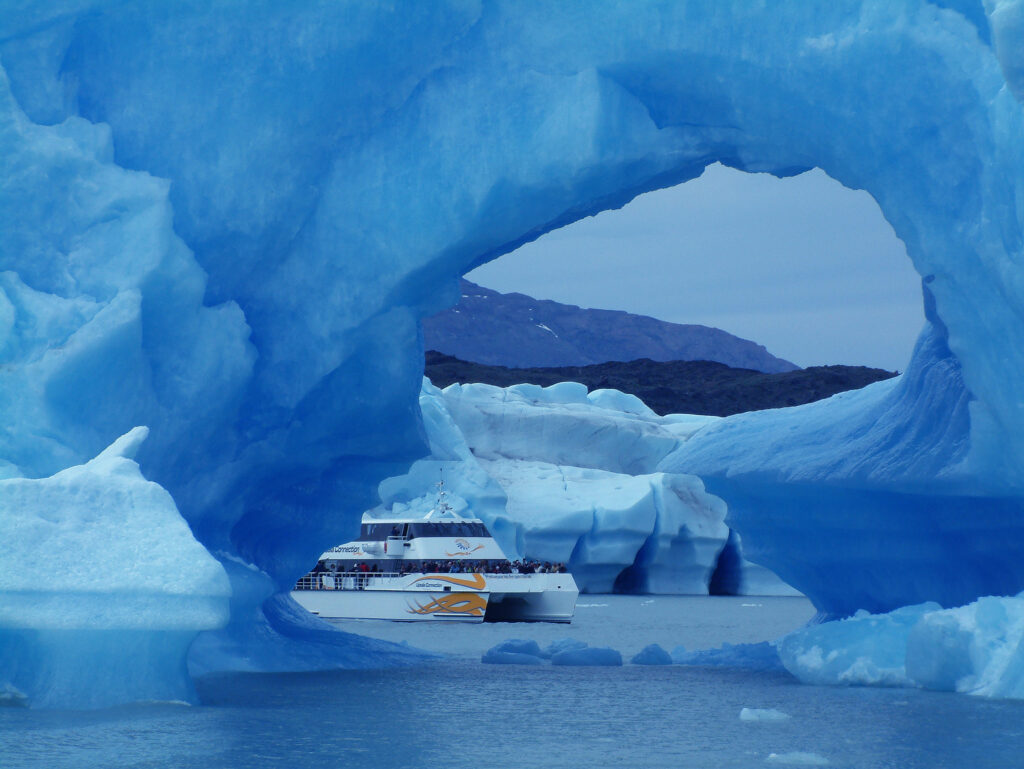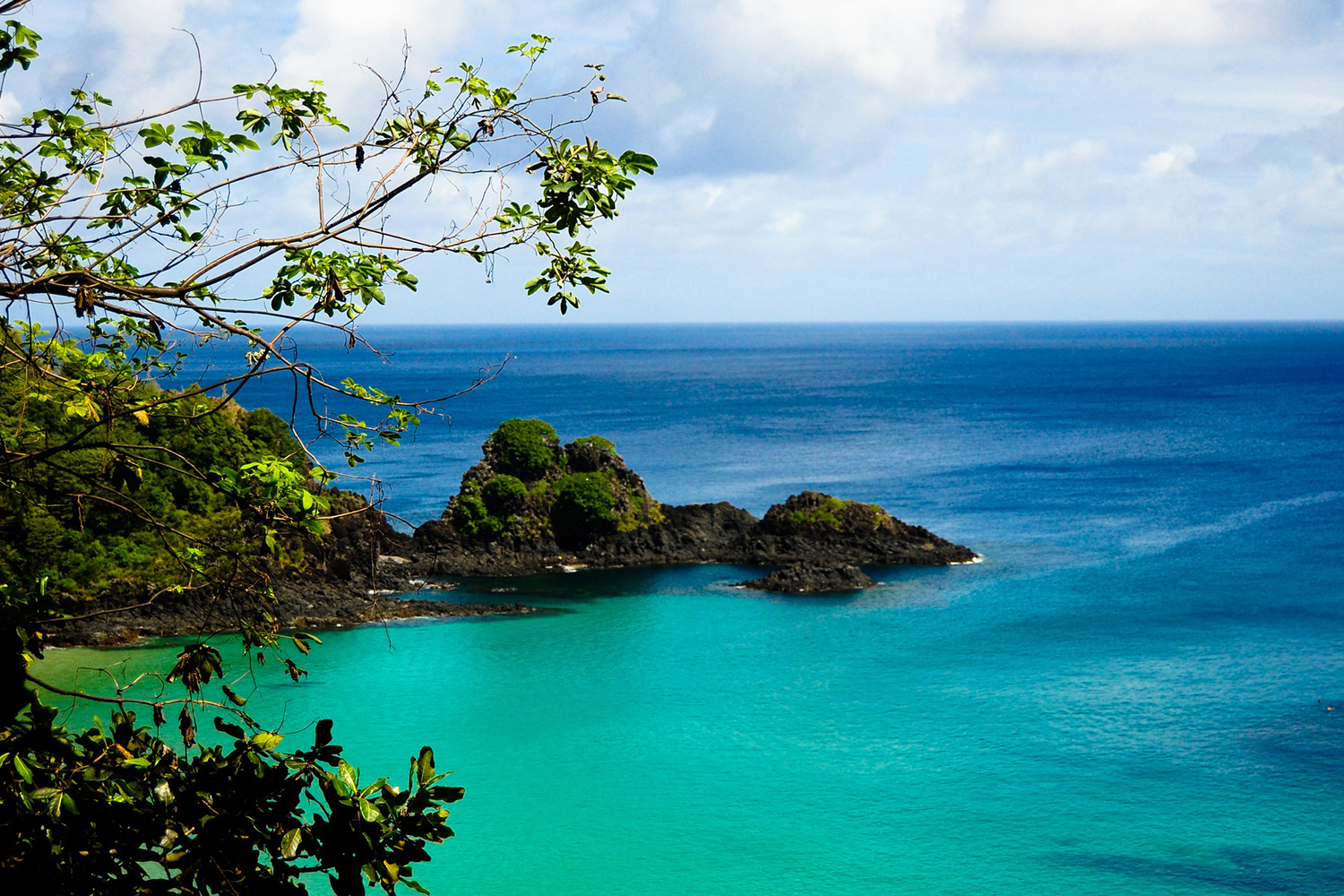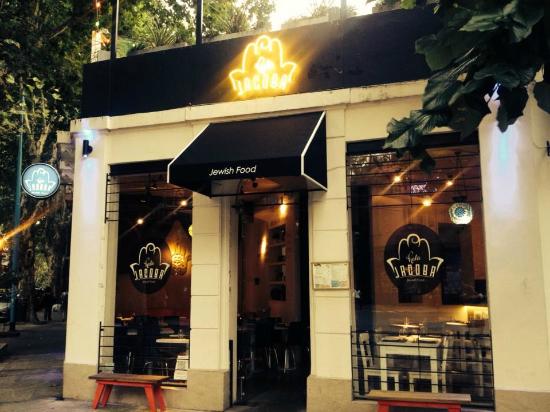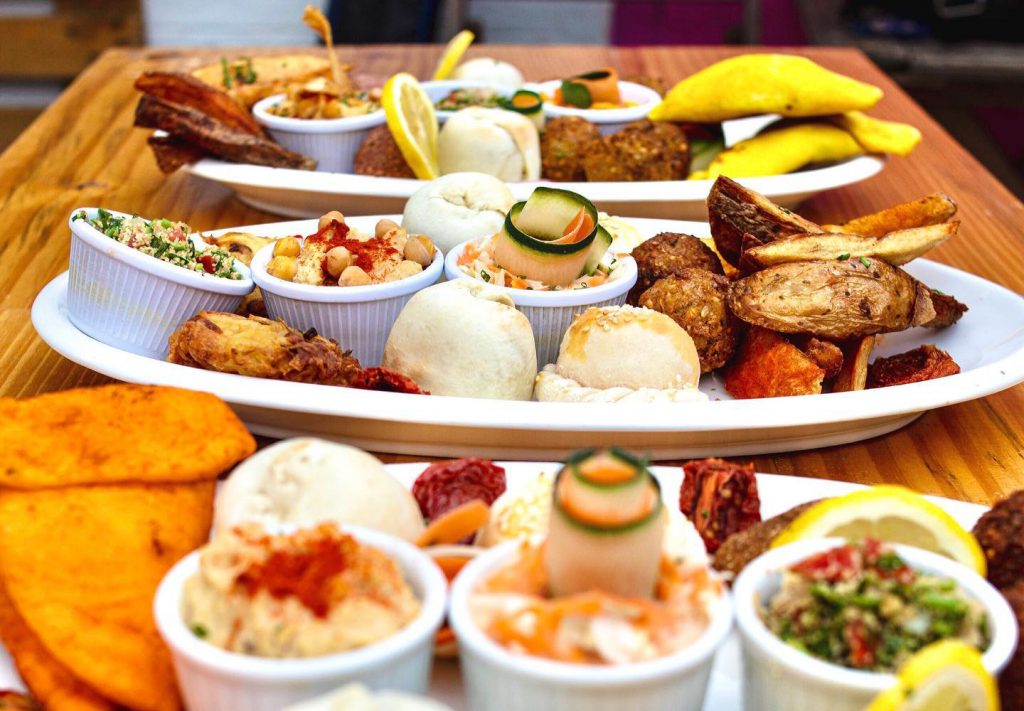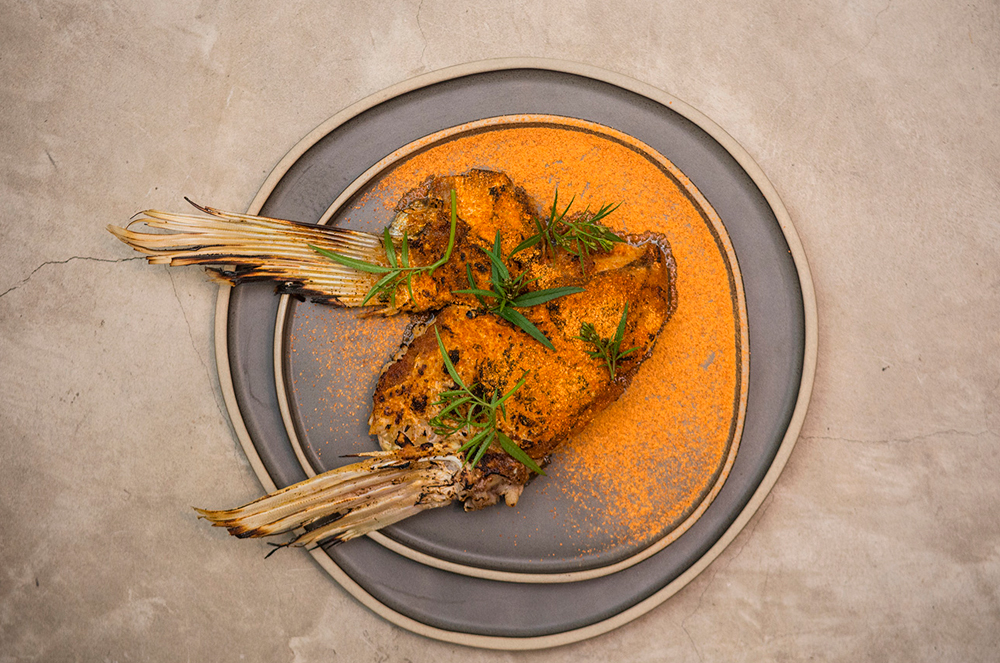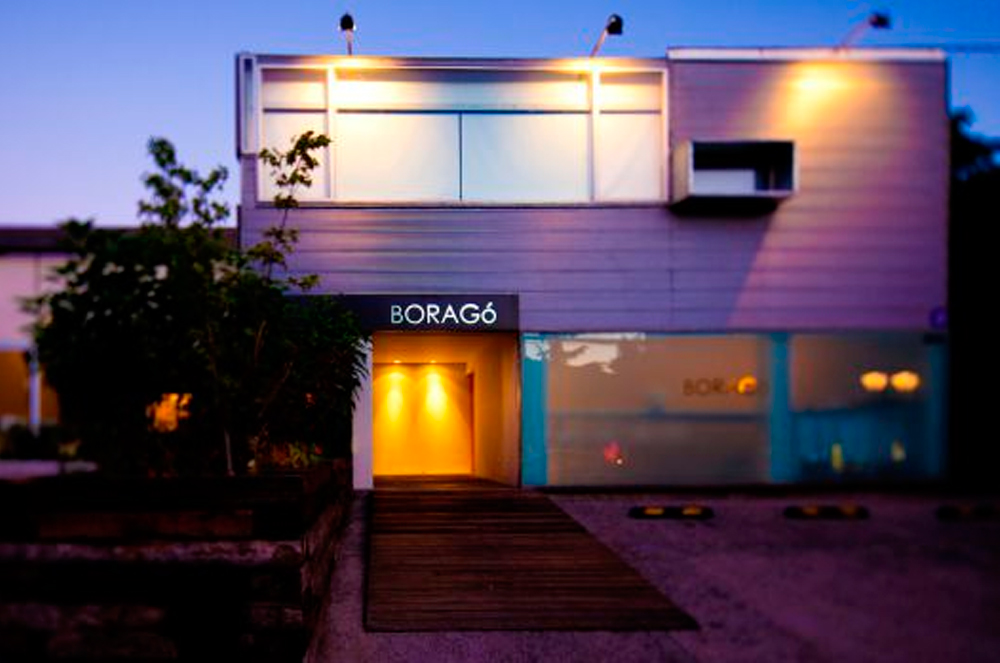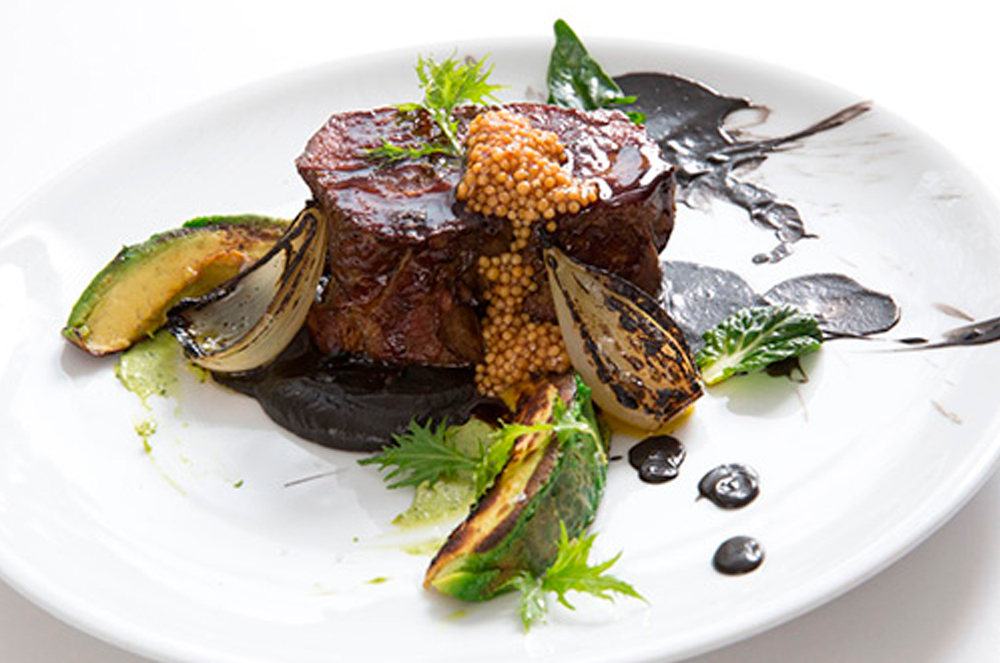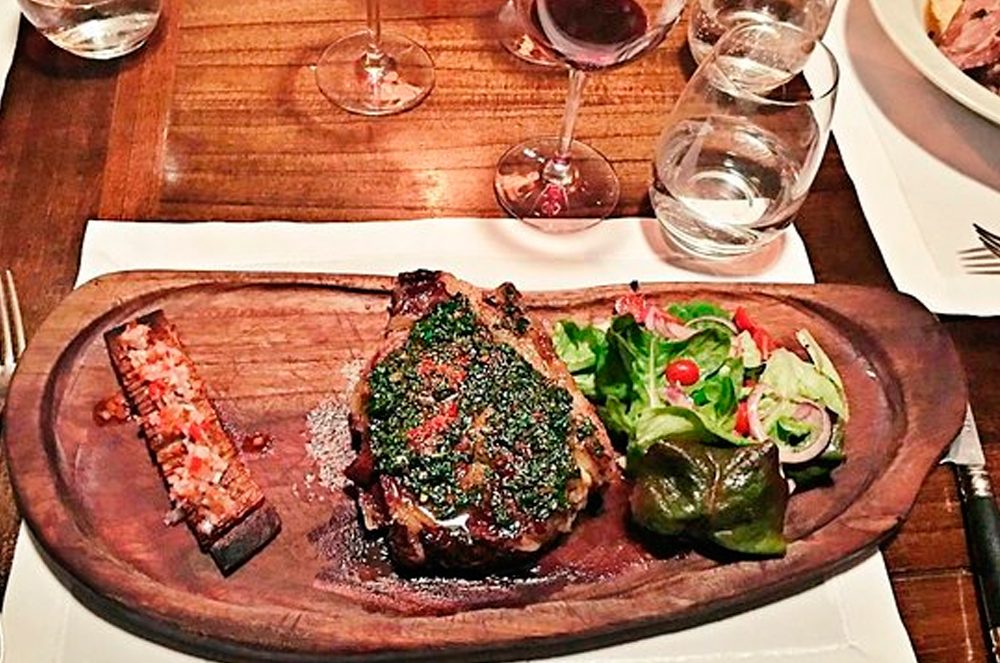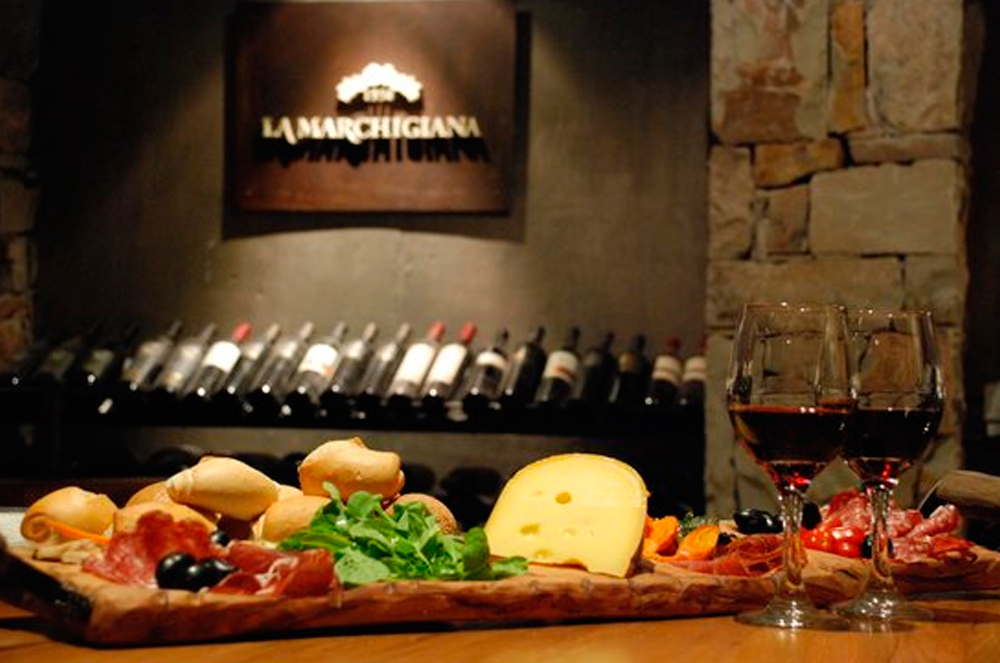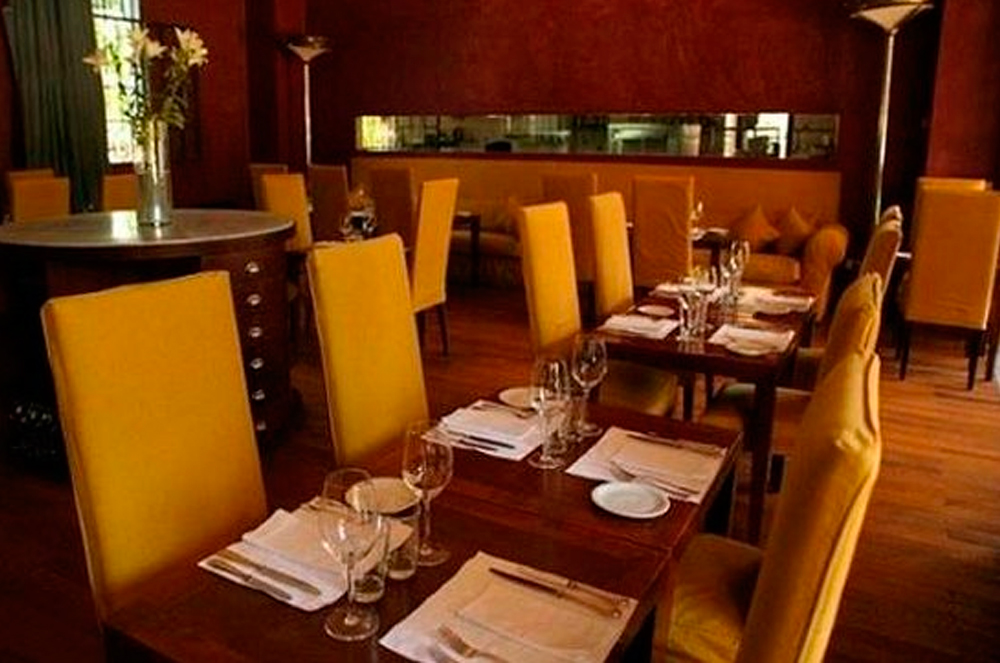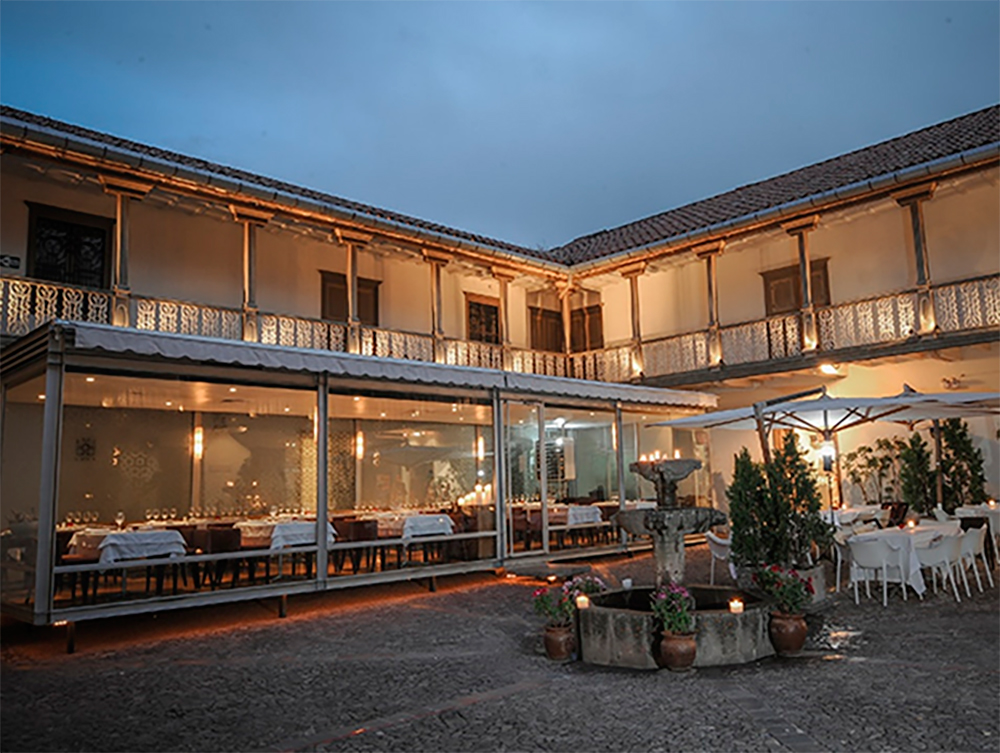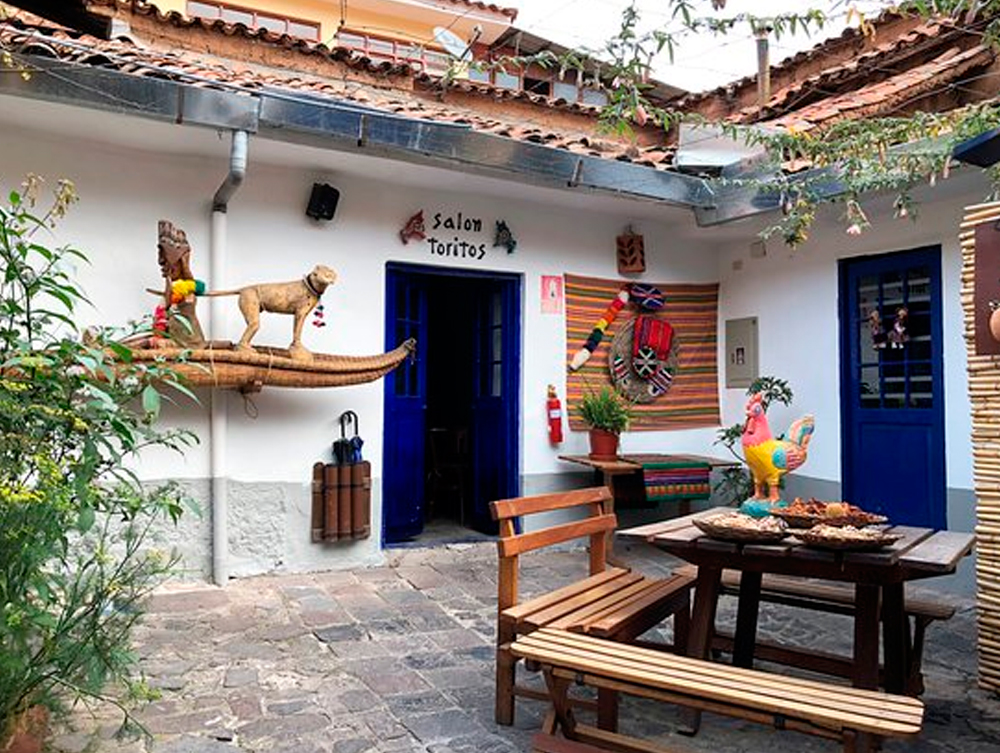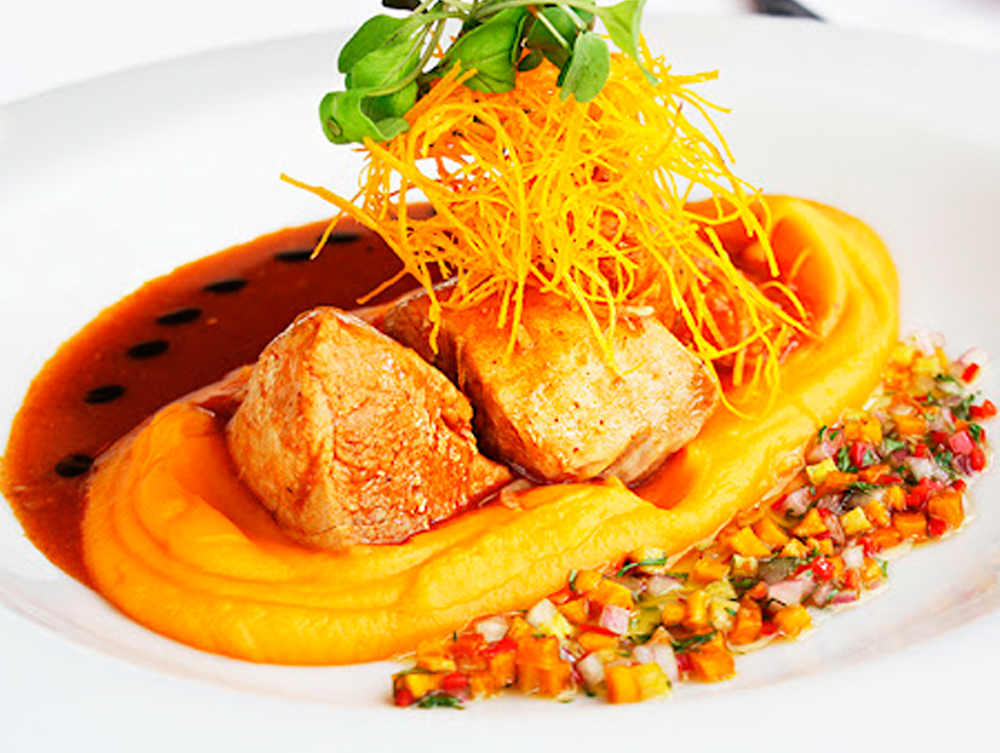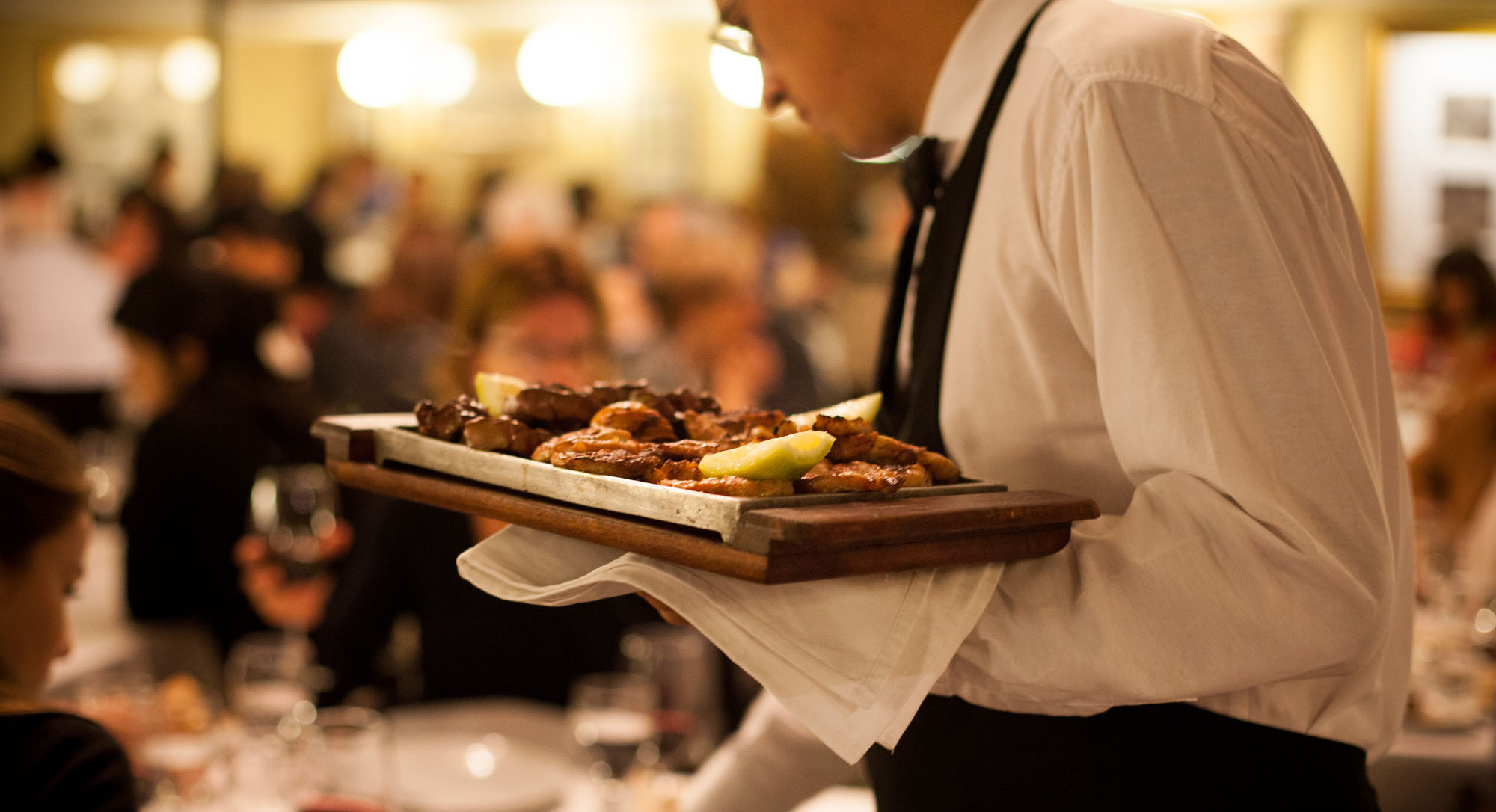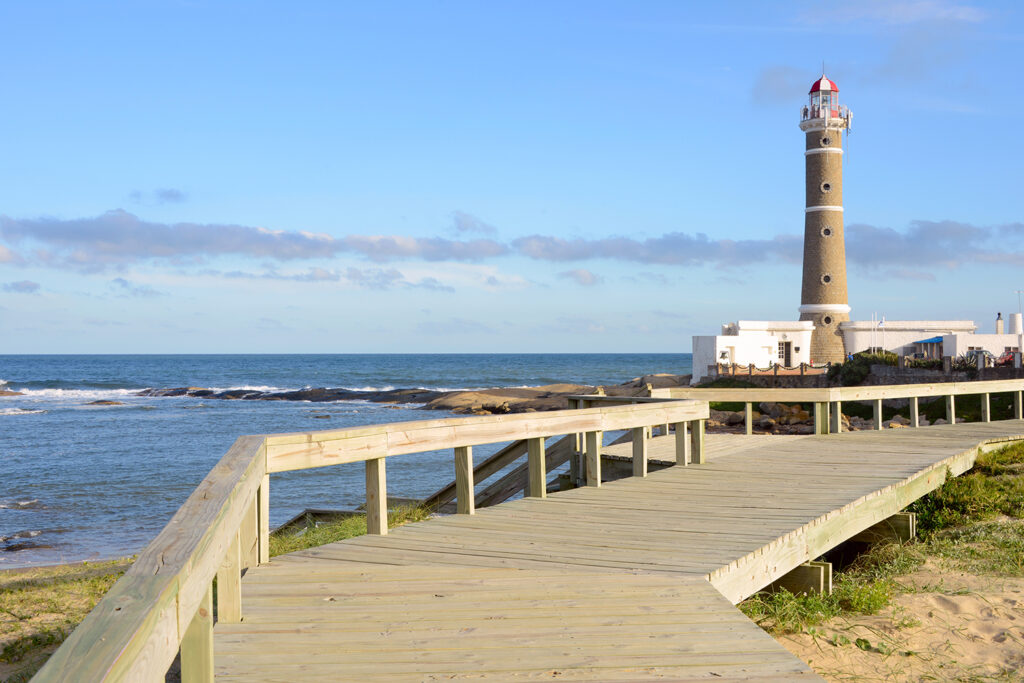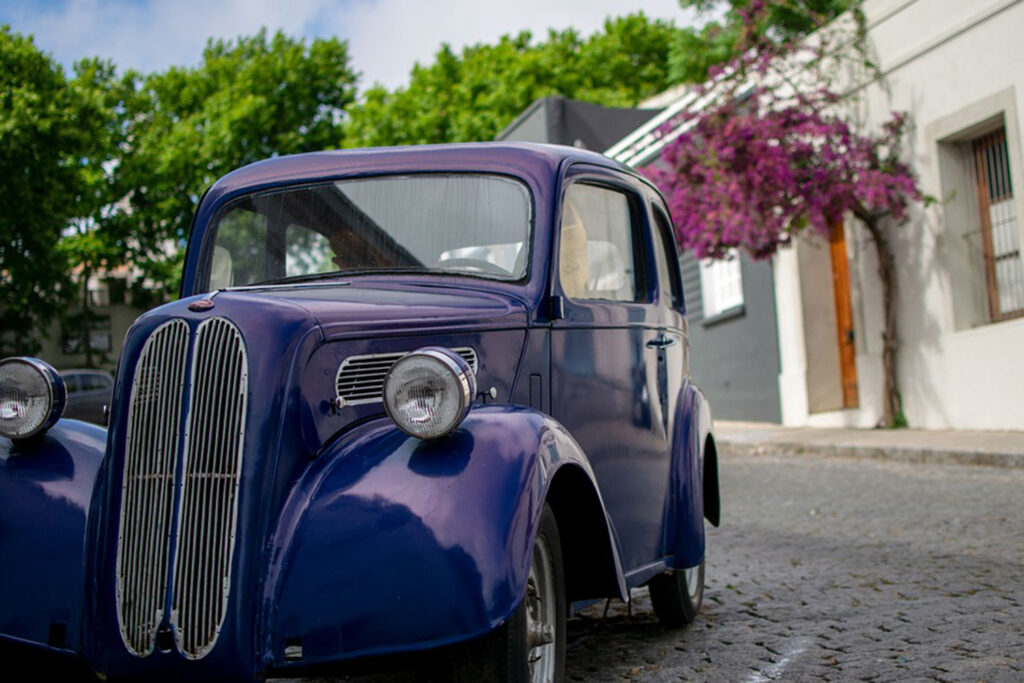What to do in Calafate and El Chalten
El Calafate is one of the three main cities in the province of Santa Cruz due to its population, behind Río Gallegos and Caleta Olivia. Located on the southern shore of Lake Argentino, it was officially founded in 1927, in order to populate the region. Staying in El Calafate is a good idea if you want to visit the Perito Moreno Glacier and “Los Glaciares National Park”.
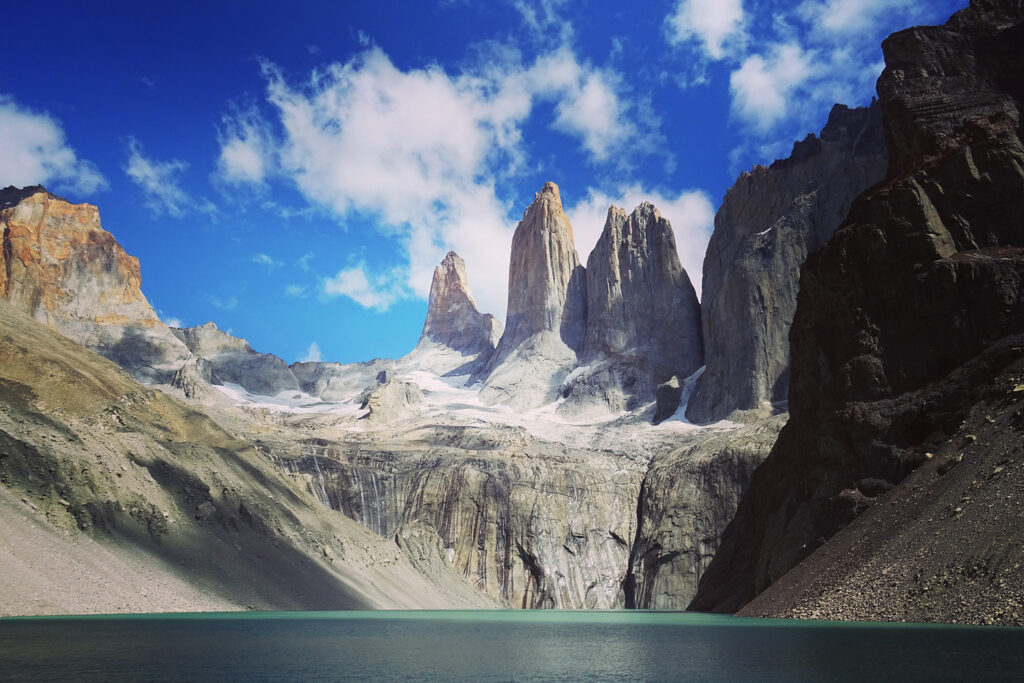
Perito Moreno Glacier
Those who travel to El Calafate generally want to visit the Perito Moreno galcier, located about 80 kilometers from El Calafate town, is the most famous of all glaciers.
On the brand-new catwalks - everyone builds their own route. In addition to the walk itself, I suggest including the navigation through the southern arm of the Canal de los Témpanos -one hour of duration- to have different views of the Perito Moreno northern wall.
One activity that we highly recommend is the Mini-Trekking on the Perito Moreno Glacier. It covers all the highlights and you will spend enough time walking on the glacier and won’t get exhausted (as long as you have no disabilities, you will be fine).Bear in mind that this tour is very popular and there is a limit of people who can do this activity per day so it is key to get your tickets way in advance. Don’t wait to be in El Calafate to book your places.
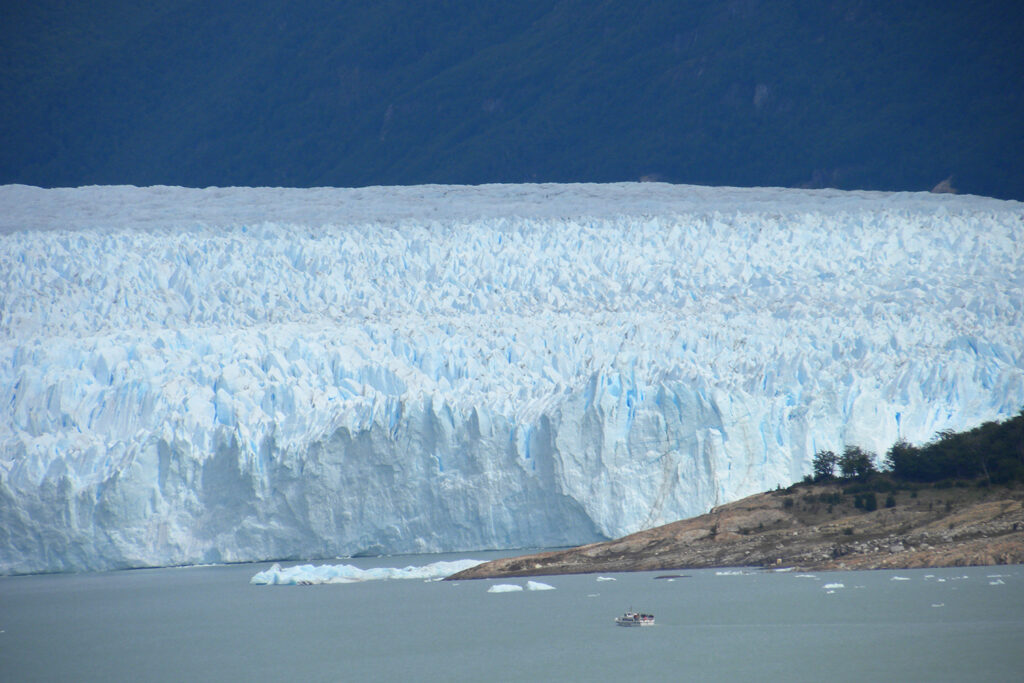
More Ice
You can also signed up for an excursion called “Todo Glaciares” (All Glaciers). Departing by catamaran from Punta Bandera - almost 50 kilometers from El Calafate - you navigate between icebergs and the Upsala, Hein, Peineta, Seco and Spegazzini glaciers. The new Spegazzini base is ideal for walking and taking photos. On board the boat, there is a cafeteria, photographers service and everything you need to have a spectacular time. It is a tour that we highly recommend doing.
Something different is the 4x4 tour that borders the shore of Lake Argentino until you reach the viewpoint of the Punta Bonita Cliff, which offers unforgettable views at sunset. The tour continues to the Walichu Caves within the property of a Patagonian ranch. There, there are cave paintings and a delicious dinner is eaten inside a heated cave.
A comforting walk within the city is the Laguna Nimez Reserve a few meters from Lake Argentino. The reserve is an important refuge for birds, some of them migratory. Flamingos, black-necked swans, geese and bandurrias stand out. The walk can be done in an hour and something and then indulge in something delicious in one of the restaurants on the waterfront. The entrance is very cheap and you can rent glasses for bird watching.
There are many things to do in the city, such as visiting the Glaciarium Interpretation Center. It provides an enriching experience with exhibits, interactive screens and modern technology. The Glaciarium’s goal is to raise environmental awareness and to grow understanding of glaciers of Patagonia. The facilities include a café, an ice bar and an Ecoshop, which sells a wide choice of objects made from discarded materials, recycled and with low environmental impact.
The food in El Calafate is really good too. If you eat meat, you can’t miss “La Tablita” and “Casimiro Bigua” for their Patagonic Lamb and other delicious local meals. Vegan and tacc-free offer is really wide in El Calafate too. And if you dare to leave the usual circuit, Rancho Apart is a closed-door restaurant that encourages sharing with others a communal table and delicious home cooking.
How many days should you stay in El Calafate? If you want to cover all higlights you need at least 4 full days.



